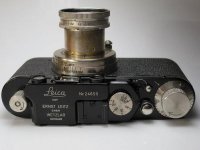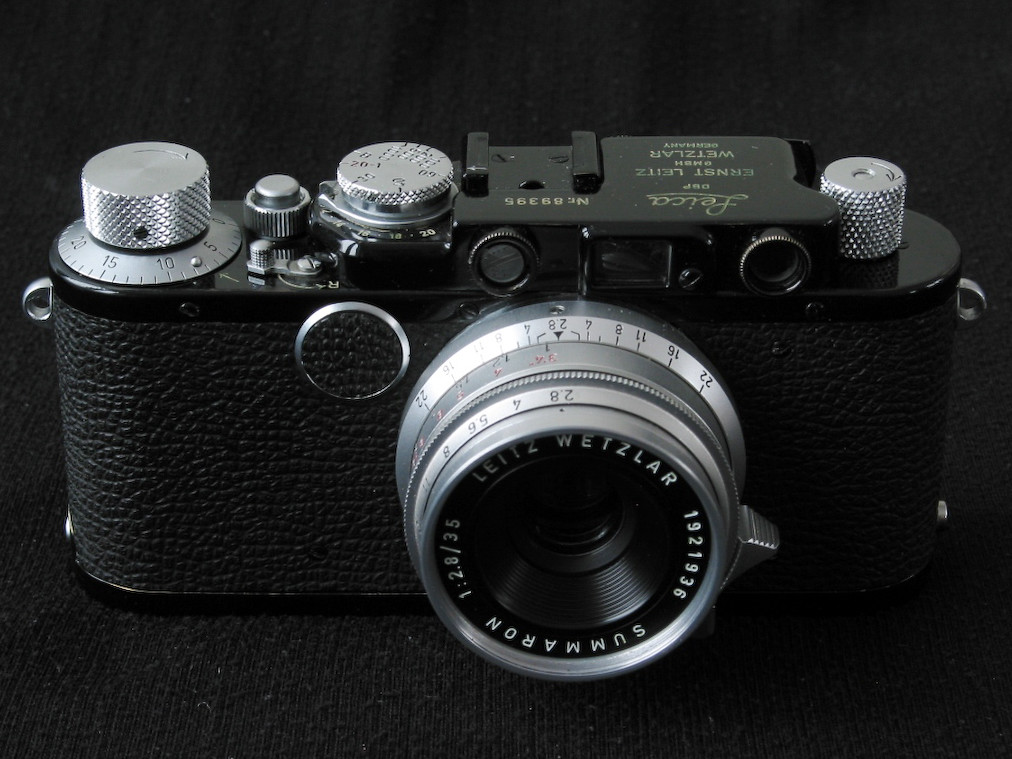photovdz
Well-known
got it posted on another thread... but this one seems the oldest (see "just a very old one")
leica I Nr 1505 converted to III (Prewar conversion) and with a flash synch (that looks factory to me but pre IIIf... see the gear at the bottom of the camera)
works perfectly...
leica I Nr 1505 converted to III (Prewar conversion) and with a flash synch (that looks factory to me but pre IIIf... see the gear at the bottom of the camera)
works perfectly...






